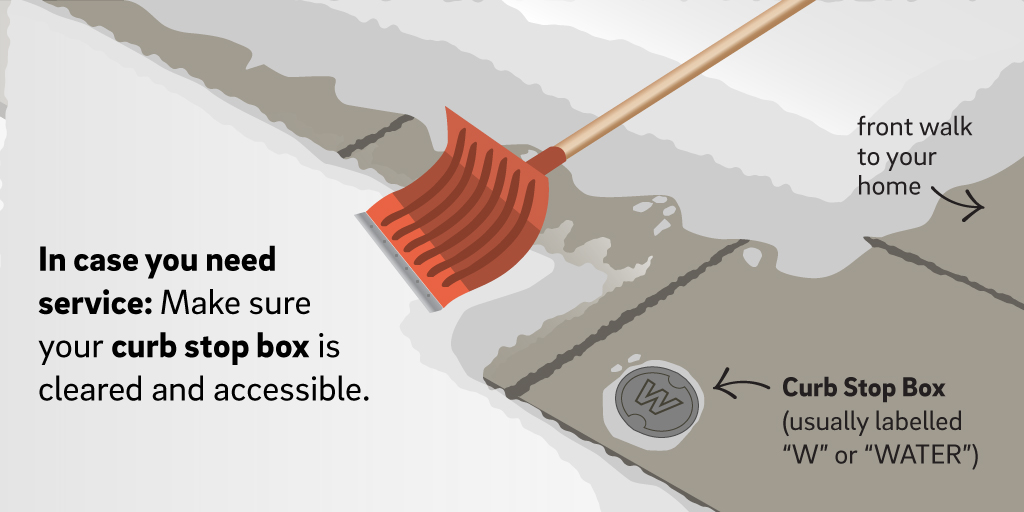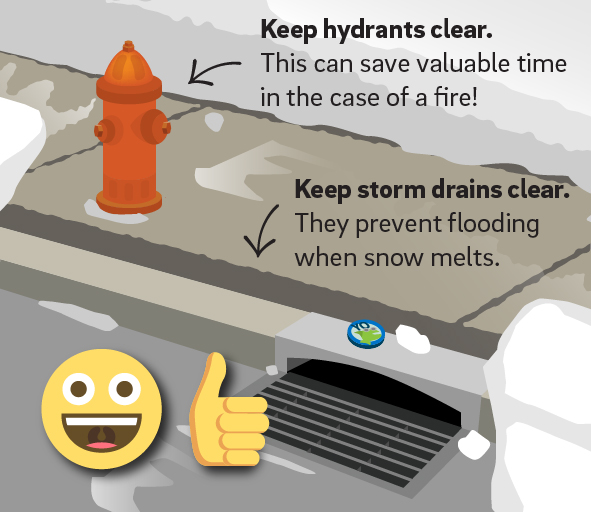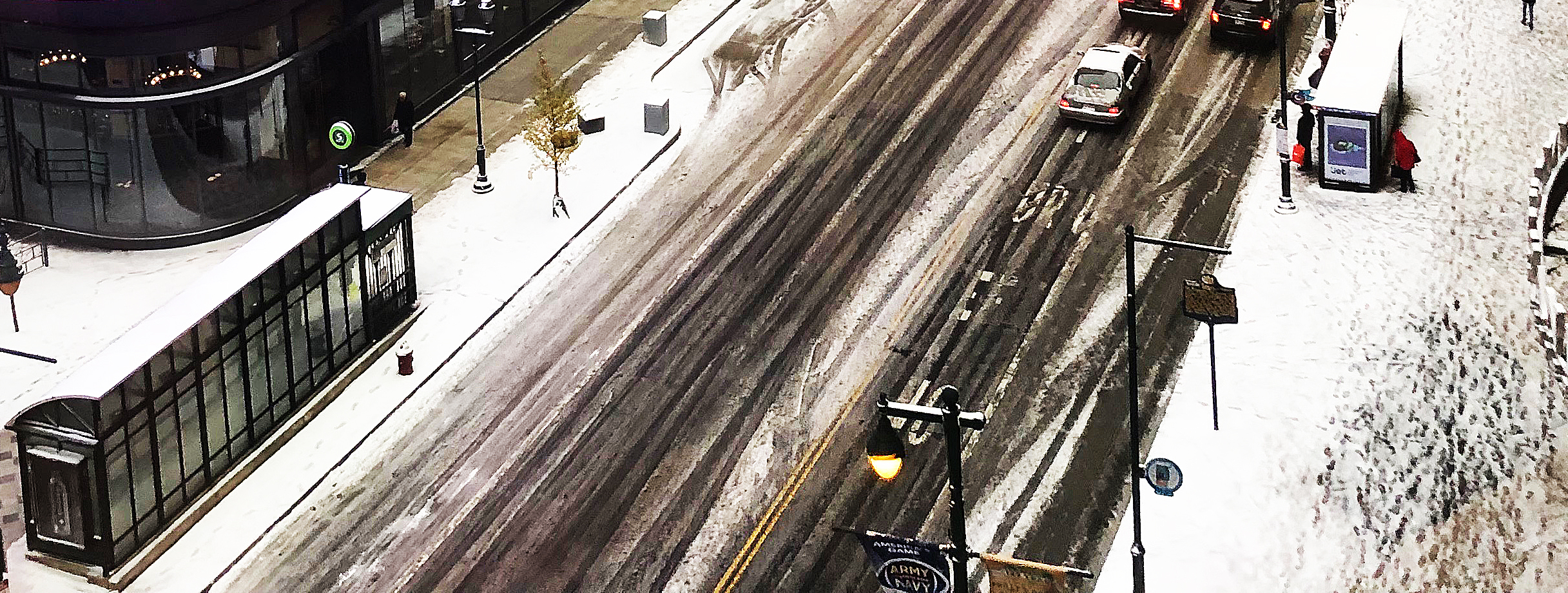Before filling your cart with ice-and-snow-fighting supplies, read this:
Some options for melting ice on sidewalks are safer for pets and rivers than others.
When the forecast calls for snow and ice, we often turn to salt or other chemicals to help keep sidewalks and streets safe.
While this important public safety measure saves lives on our roadways every year, it's important to know that all deicers can be harmful to our water supply, the environment, your garden, sidewalks, and even pets when overused.
The best strategy: read the labels and use as directed only when it's truly needed.
High concentrations of salt can damage and kill vegetation and harm freshwater ecosystems and fish. Excess salt can also seep into the ground and destroy soil structure, which can lead to erosion and further pollute waterways.
And, those heaps of caustic rock salt on sidewalks can also irritate sensitive paws, making a winter wonderland walk post-snowstorm much less fun for dogs.
Use these winter deicing tips to help protect our watersheds – and your pets:
- The first line of defense should always be shoveling sidewalks and pathways to keep them clear and prevent ice from forming. Salt and deicers are not effective when more than 3 inches of snow have accumulated.
- Consider the temperature. Salt and calcium magnesium acetate (CMA) are much more effective at melting snow and ice at temperatures above 25 degrees.
- Reduce salt and other chemicals by adding sand for traction.
- If you have to use them, focus your application of deicing products on high-traffic areas and slopes where traction is critical. By using the least amount necessary to get the job done, you save money and will minimize property damage to paved surfaces, vehicles and plants.
- Have pets? You should consider using reduced amounts of traditional road salts or alternatives that are less harmful to paws. Keep these products out of reach of pets and children.
- Keep salt-laden snow piles at least 100 feet from creeks and floodplains, and never shovel snow over a storm drain inlet. If possible, dump snow in grassy areas where the melt can soak into the ground and the pollutants can filter.
Remember: you can still effectively control ice and keep surfaces safe even with reduced usage of traditional road salt.
In addition, many safer alternatives can be found at local hardware stores.
Check the Labels
Look for products containing potassium chloride, calcium chloride, and magnesium chloride, corn processing byproducts, and/or calcium magnesium acetate (CMA).
These alternatives can be spread in a dry form or sprayed as a liquid and work best when used with salt. Together, they work more efficiently so you can use less.
Want to learn more about how snow removal and deicing impacts waterways?
Check out the Pa. Department of Environmental Protection's fact sheet:
Environmentally Sound Snow Management
BONUS TIPS:
When it snows: Make sure the curb stop in front of your home and hydrants on your block are clear and accessible when you shovel. If you end up with pipe that freezes and bursts on your property, we need to be able to quickly find the curb stop in order to shut off your water and prevent extensive flood damage.

The same goes for hydrants: you don't want firefighters digging through snowdrifts to find a hydrant when they could be using that time to put out a fire.

